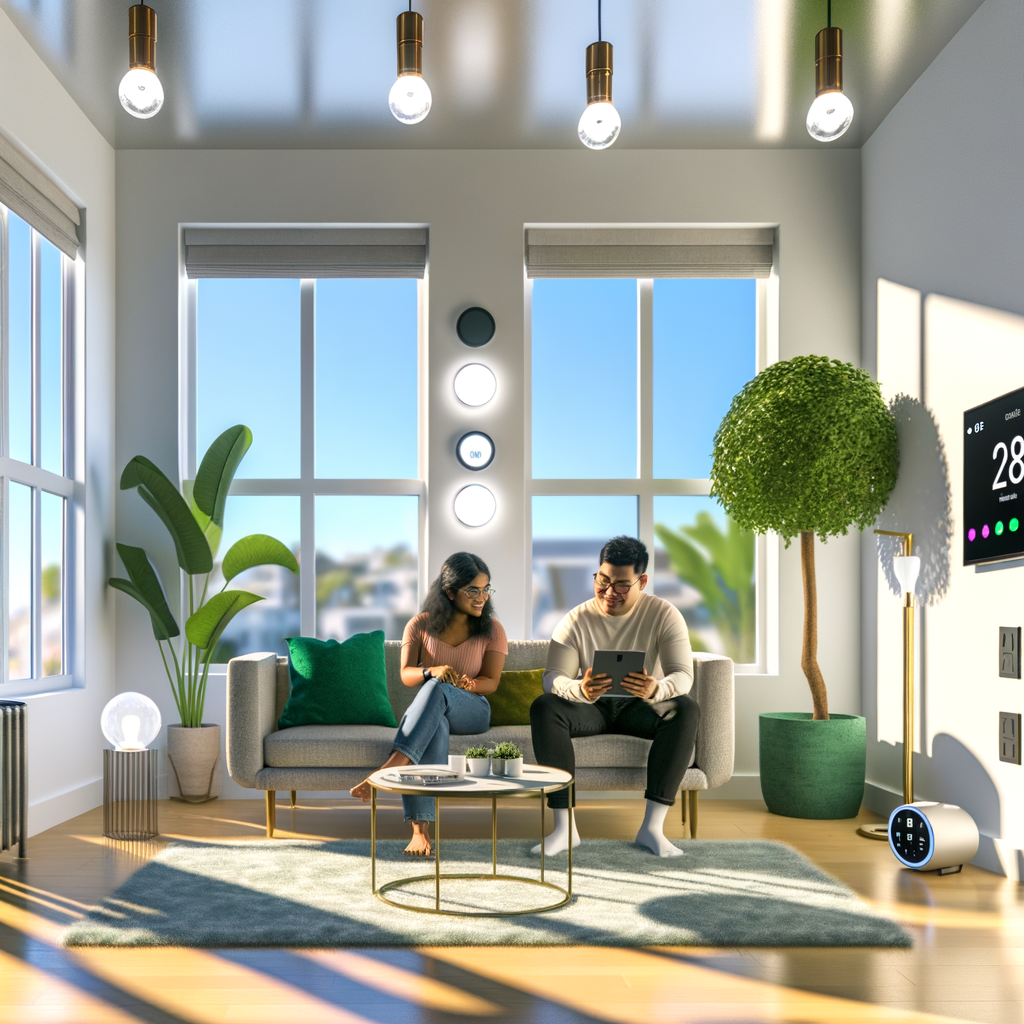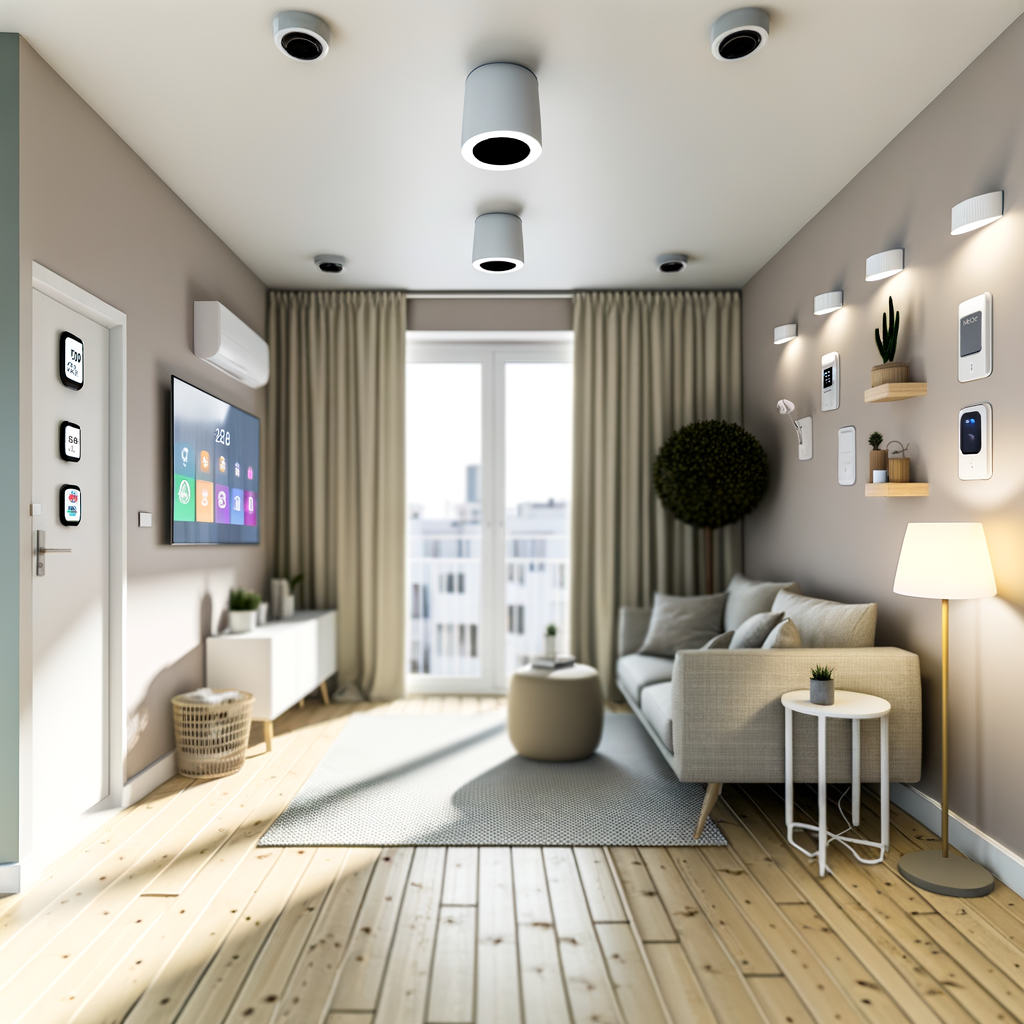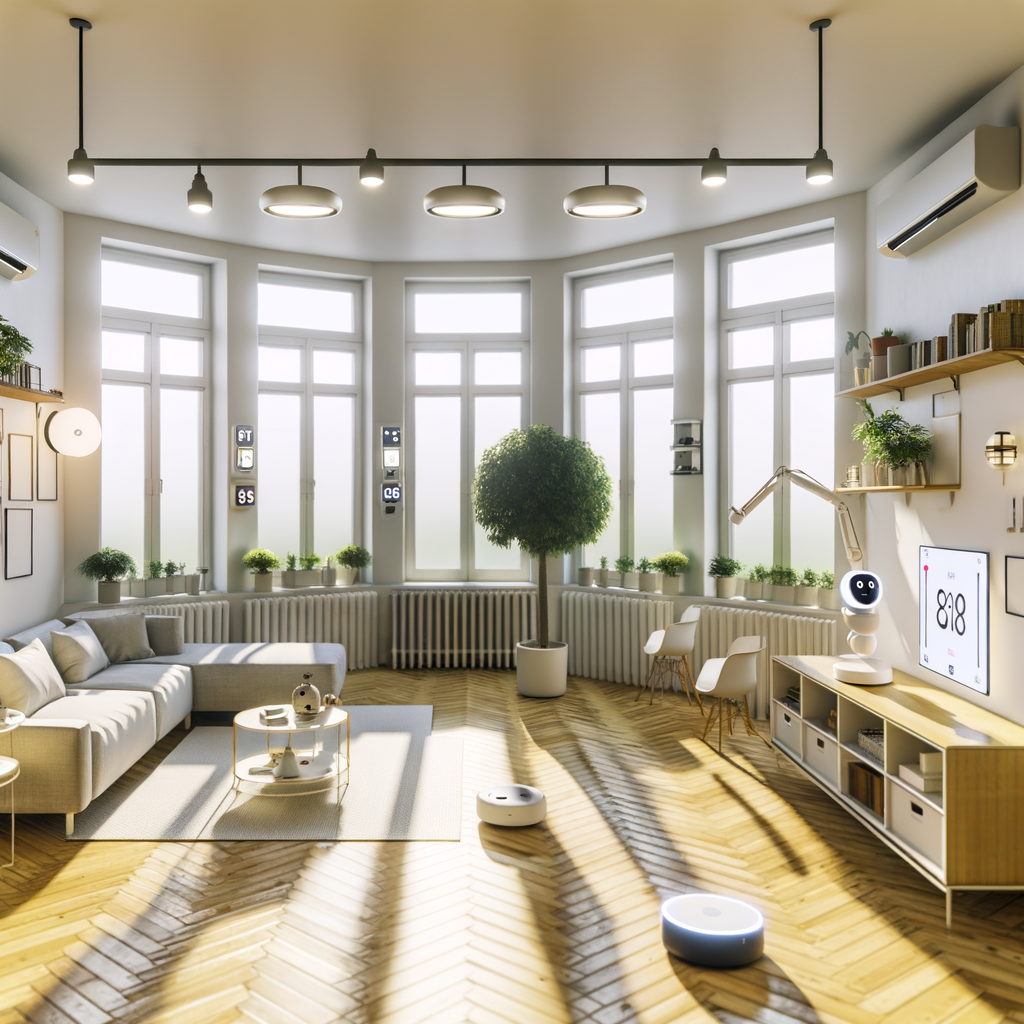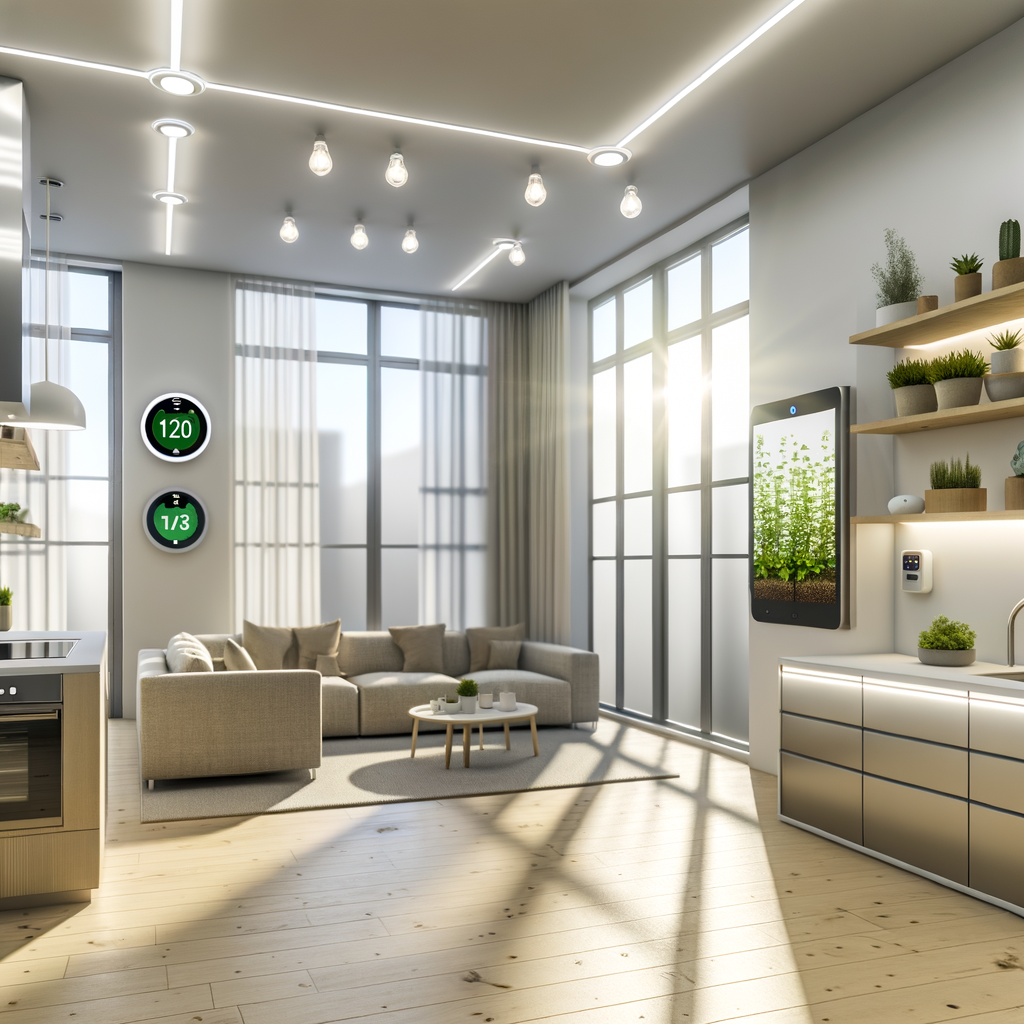Myth-Busting Smart Home Tech: 7 Misconceptions Renters Have About Going Green
Smart home technology used to sound like a luxury for homeowners with deep pockets: fancy voice-activated appliances, wall-mounted displays everywhere, and a phone app for everything. But as eco-conscious living becomes mainstream and sustainable tech gets more affordable, renters, too, are discovering how easy it is to build green, smart homes—no matter the size of their apartment or their lease limitations.
Yet, many renters hesitate due to persistent myths. If you’re wondering whether smart home tech is right—or even possible—for you as a renter, let’s separate fact from fiction and give you the straight story on going green with smart devices.
Myth #1: Smart Home Devices Require Permanent Installation
A common fear among renters is the idea that smart home tech means drilling holes, rewiring walls, or making changes your landlord won’t allow. The reality? Many modern smart devices are designed for renters.
Actionable Advice for Renters
- Plug-and-play devices like smart plugs, bulbs, and sensors don’t require any installation—just plug them into existing sockets.
- Many smart thermostats for apartments are now battery-operated and attach with adhesive strips or existing mounting brackets.
- Peel-and-stick window and door sensors for security or energy tracking pop on and off with no damage left behind.
- Use removable double-sided tape or command strips for lightweight devices.
Pro Tip: Always check your lease, but you’ll find that most smart products don’t violate standard rental agreements!
Myth #2: Smart Tech Is Expensive and Not Worth It for Temporary Living
There’s a perception that smart home gear is expensive or “only worth it if you own.” In reality, prices have plunged over the last few years, and portable devices quickly pay for themselves.
Affordable and Portable Options
- Entry-level smart plugs and bulbs—often under $20—can cut down energy waste from lamps and appliances.
- Bluetooth-enabled leak detectors, smart power strips, and Wi-Fi thermostats can save on bills and prevent costly water damage, something renters especially benefit from.
- These devices move with you—from one rental to the next. They’re an investment in your energy savings, not your landlord’s property.
A single smart plug, for example, can help schedule your energy usage and save up to $30/year per heavy appliance—quickly offsetting the device’s cost.
Myth #3: Smart Home Devices Don’t Save Much Energy
It’s easy to assume that plugging in more “smart” stuff just adds to your electric bill. Yet when chosen wisely, green smart tech automates eco-friendly habits that renters might otherwise forget.
How Smart Tech Saves Energy
- Smart bulbs use up to 80% less energy than incandescent ones—add motion sensors, and you’ll never leave the lights on accidentally.
- Smart plugs can turn off “vampire power” devices on a schedule (think: coffee machines, gaming consoles, chargers).
- Programmable smart thermostats slash heating and cooling bills by avoiding temperature swings and running only when you’re home.
- Leak detectors alert you to running toilets or faucet drips—water waste that otherwise inflates your bill and harms the environment.
Studies show that renters can cut energy consumption by 10-30% with basic smart automation.
Myth #4: Smart Tech Is Too Complicated to Set Up and Use
Tech anxiety keeps many renters from taking the first step. Good news: today’s smart devices are designed for simplicity and fast setup. No more confusing hubs or pagelong instructions.
Easy Setup Features to Look For
- App-guided setup: Most smart devices have step-by-step guidance right from your phone.
- Bluetooth and Wi-Fi connectivity: No landlord-installed smart home hub required.
- Voice assistant compatibility: Devices that work with Alexa, Google Assistant, or Siri integrate with your existing tech.
- No wiring: Battery-powered and USB devices are great for renters worried about outlets or power supplies.
Tip: Start with one device—like a smart plug or bulb—to build confidence, then gradually add more as your comfort grows.
Myth #5: Smart Home Tech Only Works in Houses, Not Apartments
Who says you need sprawling square footage to benefit from going green? Apartments (and even dorm rooms) are perfect for smart tech.
Small Space Solutions
- Smart lighting: Control all your lights from one app, perfect for multi-room apartments.
- Leak sensors: Place under sinks, near toilets, and by your washing machine—space-efficient and potentially life-saving.
- Room-specific thermostats or AC controllers: Pick models tailored to window units or portable heaters common in apartments.
- Smart plugs: Automate appliances—coffee makers, fans, or humidifiers—without rewiring or permanent changes.
Apartment dwellers can automate, monitor, and reduce waste room-by-room, making small spaces smarter and greener.
Myth #6: You Have to Give Up Privacy to Make Your Home Eco-Smart
Worries about being watched, recorded, or data-mined are valid in the digital age. Thankfully, new smart home tech puts control in the renter’s hands and makes privacy a central priority.
How Renters Can Stay Safe & Private
- Choose local-control devices: Many smart gadgets work without “phoning home” to the cloud.
- Go with brands that offer robust privacy options, including data encryption and customizable sharing settings.
- Disable voice/audio recording and use “mute” modes on smart speakers.
- Regularly update firmware and create strong Wi-Fi passwords for your devices.
You can create a smart ecosystem that’s both eco-friendly and respectful of your digital life.
Myth #7: Smart Home Technology Is Only for Techies
You don’t need to be a coder or “early adopter” to benefit from today’s plug-and-play smart devices. Most modern smart home gear is designed for everyday users, not engineers.
Smart Tech For Everyone
- Look for devices labeled “no hub required,” meaning they connect directly to home Wi-Fi or Bluetooth.
- Opt for products highly rated for usability and app design—these are beginner-friendly and intuitive.
- Online communities (like forums and YouTube) offer tons of setup help for popular brands and devices.
Don’t let intimidation keep you from saving energy—and money. Today’s smart home market wants everyone (including renters) to join the green revolution.
Getting Started: Action Steps for Renters
Now that you know the truth about smart home myths, here’s how renters can get started quickly, safely, and sustainably:
- Assess your apartment: Identify where energy is often wasted (lights, heating/cooling, always-on electronics).
- Start small: One smart plug or bulb can fuel your confidence and create measurable savings.
- Check your lease: Most smart products don’t make permanent changes, but double-check if unsure.
- Choose devices that require no hardwiring and can move when you do.
- Prioritize brands that value privacy and user-friendliness.
- Use scheduling, sensors, and app notifications to automate eco-friendly habits.
- Gradually expand your smart home toolkit as you see real-time benefits in energy use and




